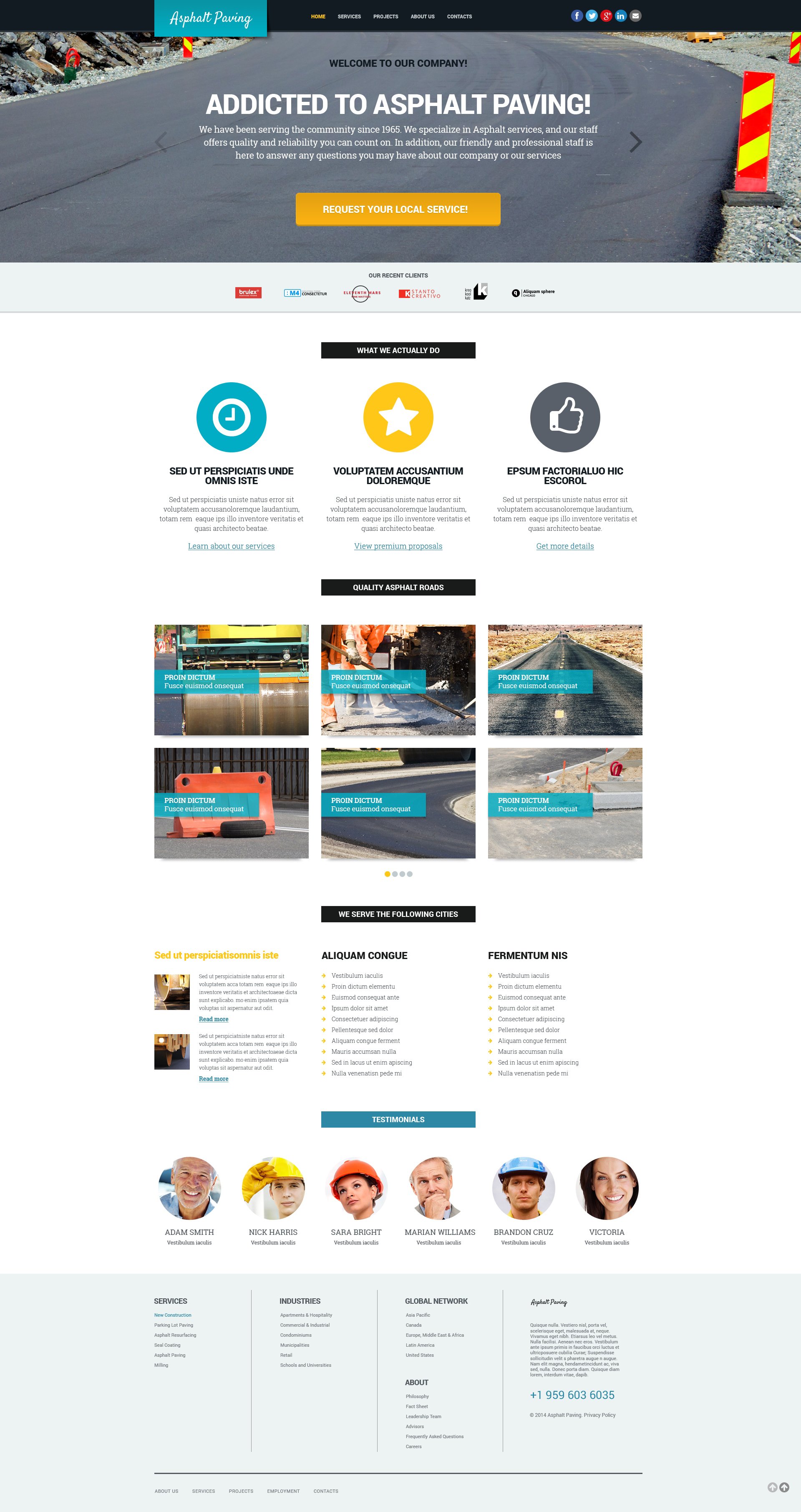

prefers-color-scheme #Īnother preference media feature is prefers-color-scheme. Instead, provide a solid baseline experience that guides your users without unnecessary movement, and progressively enhance that experience for your users without those accessibility needs or preferences. Prefers-reduced-motion shouldn't mean "no motion", since motion is so critical to conveying information online. The baseline reduced-motion experience is a crossfade to show that information, while the motion-enhanced experience is a card flip. With prefers-reduced-motion you can design your pages with reduced-motion in mind, and create a motion-enhanced experience for those who don't have this preference set. Therefore, it's likely that they wouldn't appreciate a flashy intro screen, card flip animation, intricate loader, or other flashy animations while using the web. Users who have set operating system preferences for reduced motion, are requesting fewer animations when using their computer in general. Preference features pick up on the preferences a user has set in their operating system, and help to build a more robust and personalized web experience, especially for those with accessibility needs. These user preference media features include:

This means that preference media features allow you to adapt your user experiences to your user's experiences New user preference media features, give you the ability to style web experiences that align with the user's own specific preferences and needs.

These updates include user-preference based media features, container queries, and media queries for new screen types, such as foldable screens. The engineers at Chrome and across the web platform are prototyping, speccing, and starting the implementation for the next era of responsive design. So it works out that, yet again, the ecosystem is ready for some pretty big changes to happen to CSS. 10 years ago, around 2010-2012, we saw a huge change with mobile and responsive design, and the emergence of CSS3. CSS is evolving, and a new era of responsive design is right on the horizon. The good news is, the ecosystem is changing, and it's changing pretty rapidly. You can use global viewport information to style your components, but they still don't own their styles, and that doesn't work when our design systems are component-based and not page-based. When referring to components for the sake of this article, this means elements, including elements that are made up of other elements, like a card or sidebar.


 0 kommentar(er)
0 kommentar(er)
